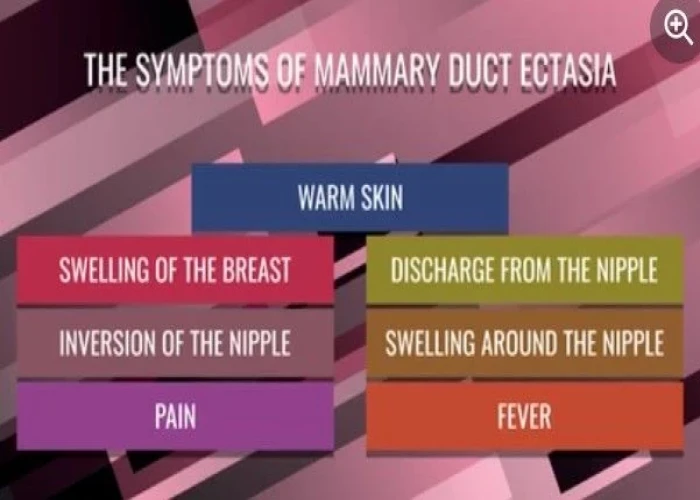 Welcome
Welcome
“May all be happy, may all be healed, may all be at peace and may no one ever suffer."
Mammary duct ectasia

Mammary duct ectasia is a condition in which the milk ducts in the breast become blocked, widened, or inflamed. It is most common in women who are nearing menopause or have already gone through menopause, but it can occur at any age.
The exact cause of mammary duct ectasia is not known, but it is thought to be related to changes in the breast tissue that occur with aging. Some women with this condition may not experience any symptoms, while others may experience:
- Nipple discharge that is thick, sticky, or colored
- Nipple tenderness or pain
- A lump or swelling in the breast
- Redness or swelling around the nipple
Mammary duct ectasia is typically diagnosed with a physical exam, along with imaging tests such as a mammogram or breast ultrasound. In some cases, a biopsy may be necessary to rule out other causes of breast changes or to confirm the diagnosis.
Treatment for mammary duct ectasia may include antibiotics to treat any underlying infection, warm compresses to relieve discomfort, or surgery to remove the affected ducts if symptoms are severe or persistent. Most women with this condition can be managed with conservative measures, and it does not increase the risk of breast cancer. However, if there is a lump or abnormal area in the breast, it is important to have it evaluated by a healthcare provider to rule out cancer or other serious conditions.
Research Papers
Disease Signs and Symptoms
- Breast pain
- Breast cancer
- Swollen breast
- Tenderness in the nipple or surrounding breast tissue (areola)
- Redness of the nipple and areolar tissue
Disease Causes
Mammary duct ectasia
Your breasts are made up of connective tissues that include a system of tiny passages that carry milk to the nipples (milk ducts). Mammary duct ectasia occurs when a milk duct beneath the nipple widens. The duct walls may thicken and fill with fluid, becoming blocked or clogged with a sticky substance. Inflammation may result.
Experts don't know exactly what causes mammary duct ectasia. Some speculate the cause to be associated with:
- Breast tissue changes due to aging. As you age, the composition of your breast tissue changes from mostly glandular to mostly fatty in a process called involution. These normal breast changes can sometimes lead to a blocked milk duct and the inflammation associated with mammary duct ectasia.
- Smoking. Cigarette smoking may be associated with widening of milk ducts, which can lead to inflammation and, possibly, mammary duct ectasia.
- Nipple inversion. A newly inverted nipple may obstruct milk ducts, causing inflammation and infection. A nipple that's newly inverted could also be a sign of a more serious underlying condition, such as cancer.
Disease Prevents
Disease Treatments
Mammary duct ectasia doesn't always require treatment. If your symptoms are bothersome, however, treatment options may include:
- Antibiotics. Your doctor may prescribe an antibiotic for 10 to 14 days to treat an infection caused by mammary duct ectasia. Even if your symptoms greatly improve or disappear completely after starting the antibiotic, it's important to take all your medication as prescribed.
- Pain medication. You could try a mild pain reliever, such as acetaminophen (Tylenol, others) or ibuprofen (Advil, Motrin IB, others), as needed for breast discomfort. Follow your doctor's recommendation on which pain reliever is best for you.
- Surgery. If an abscess has developed and antibiotics and self-care don't work, the affected milk duct may be surgically removed. This procedure is done through a tiny incision at the edge of the colored tissue around your nipple (areola). Surgery rarely is needed for mammary duct ectasia.
Disease Diagnoses
Disease Allopathic Generics
Disease Ayurvedic Generics
Disease Homeopathic Generics
Disease yoga
Mammary duct ectasia and Learn More about Diseases
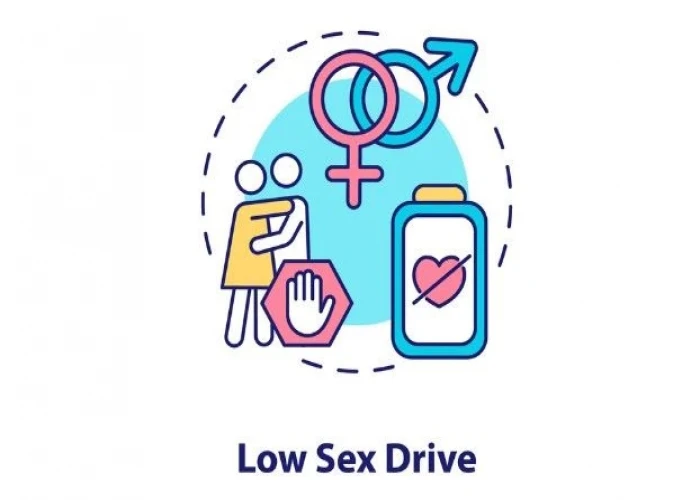
Low sex drive in women

Persistent post-concussive symptoms (Post-concussion syndrome)

Premature ejaculation

Anal itching
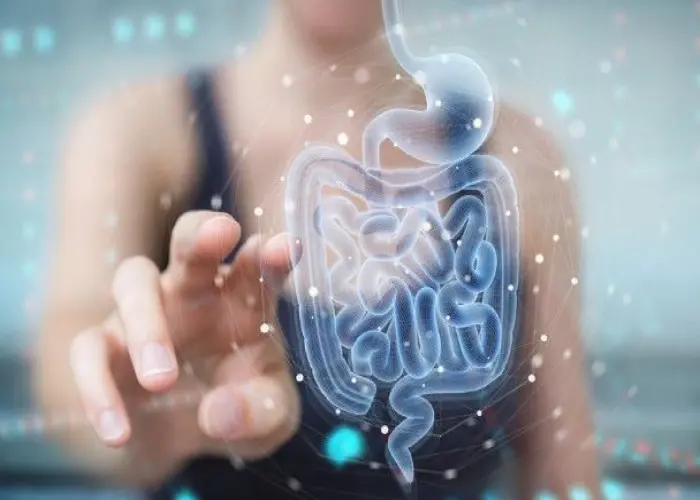
Inflammatory bowel disease (IBD)
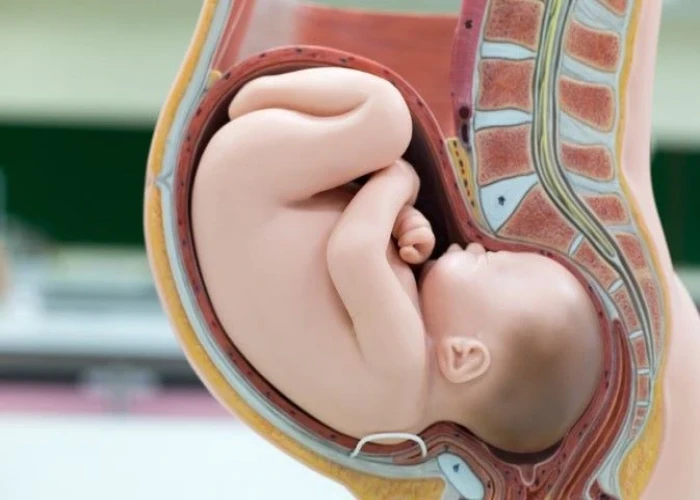
Polyhydramnios

Spinal headaches
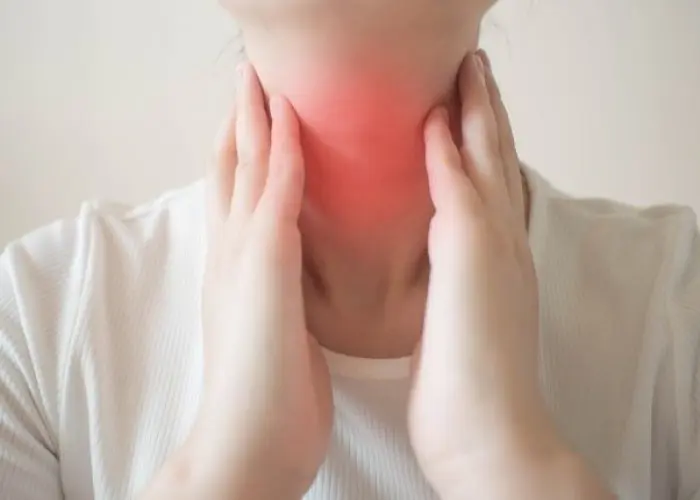
Graves' disease
mammary duct ectasia, স্তন্যপায়ী ডাকট একটেসিয়া
To be happy, beautiful, healthy, wealthy, hale and long-lived stay with DM3S.
